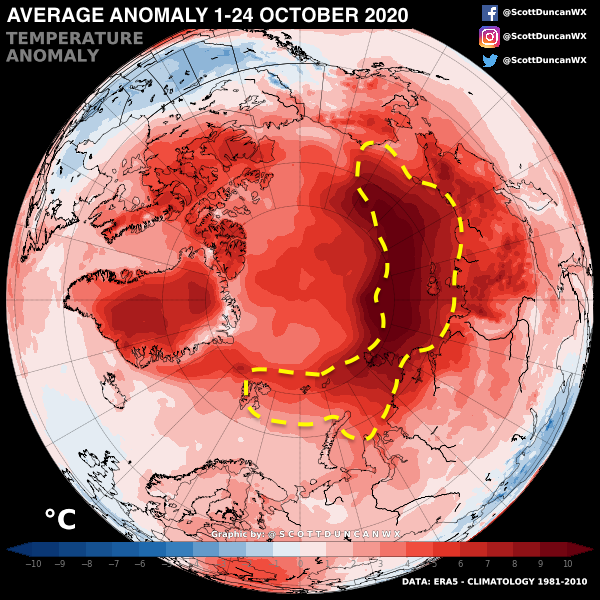
This is just cruel.
#Iota is the 30th named Tropical Storm and is expected to become a major Hurricane by early next week
Iota is heading for Central America, likely to hit communities still trying to recover from Hurricane Eta which struck only a few days ago.
THREAD
#Iota is the 30th named Tropical Storm and is expected to become a major Hurricane by early next week
Iota is heading for Central America, likely to hit communities still trying to recover from Hurricane Eta which struck only a few days ago.
THREAD
#Iota is the 30th named storm of this record breaking hurricane season. Winds will be violent but attention quickly turns to flooding potential, again.
Major landfall is looking likely early next week. Honduras 🇭🇳and Nicaragua 🇳🇮 in the immediate firing line.
Major landfall is looking likely early next week. Honduras 🇭🇳and Nicaragua 🇳🇮 in the immediate firing line.
The track of hurricane #Eta is first image and latest forecast for #Iota from @NHC_Atlantic is the second image.
It is important to note that there is still track and intensity uncertainty and it is crucial to follow official forecasts at nhc.noaa.gov

It is important to note that there is still track and intensity uncertainty and it is crucial to follow official forecasts at nhc.noaa.gov


This was the rainfall forecast for #ETA earlier this month.
Some striking similarities.
Some striking similarities.
https://twitter.com/ScottDuncanWX/status/1324034806209007623
• • •
Missing some Tweet in this thread? You can try to
force a refresh





